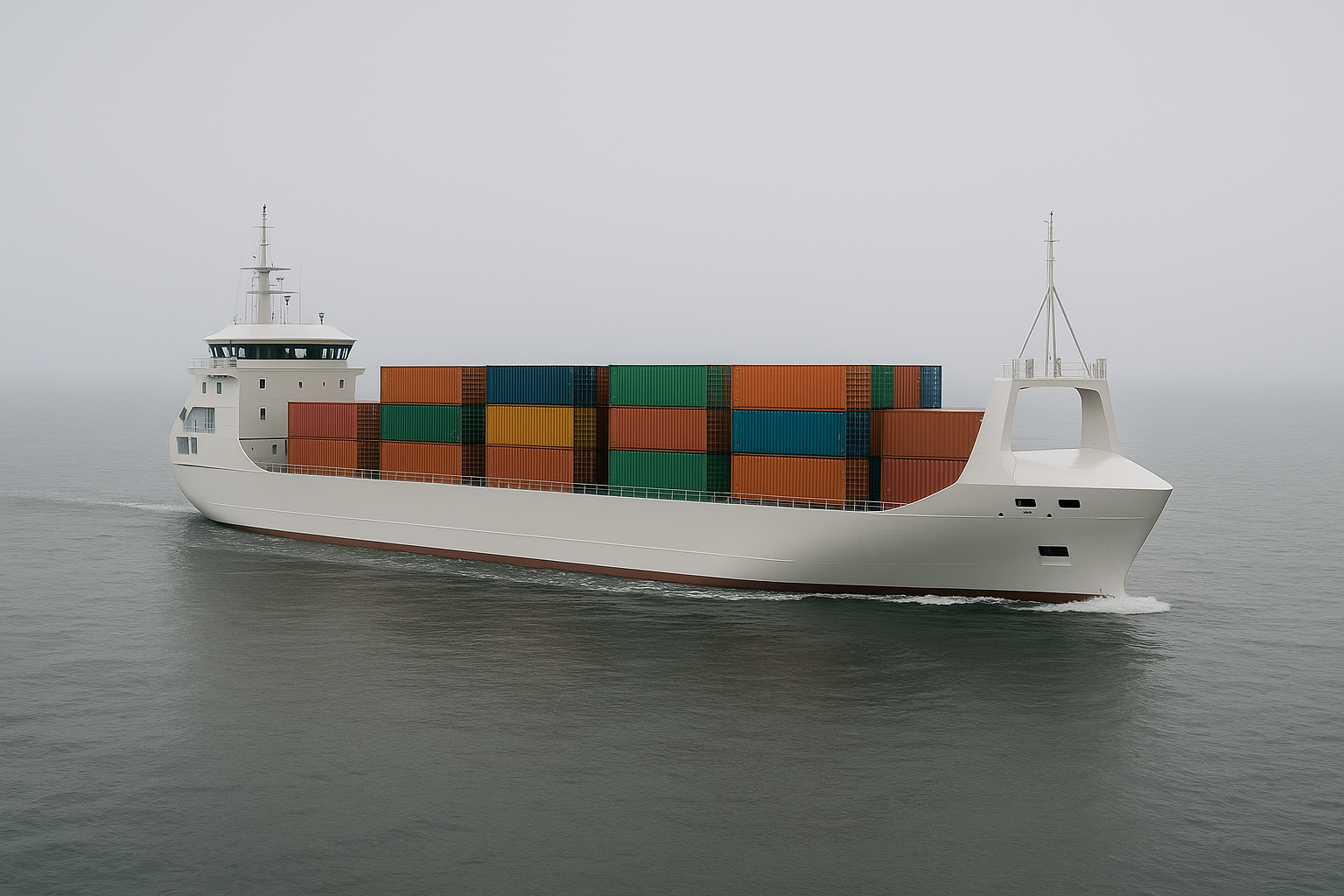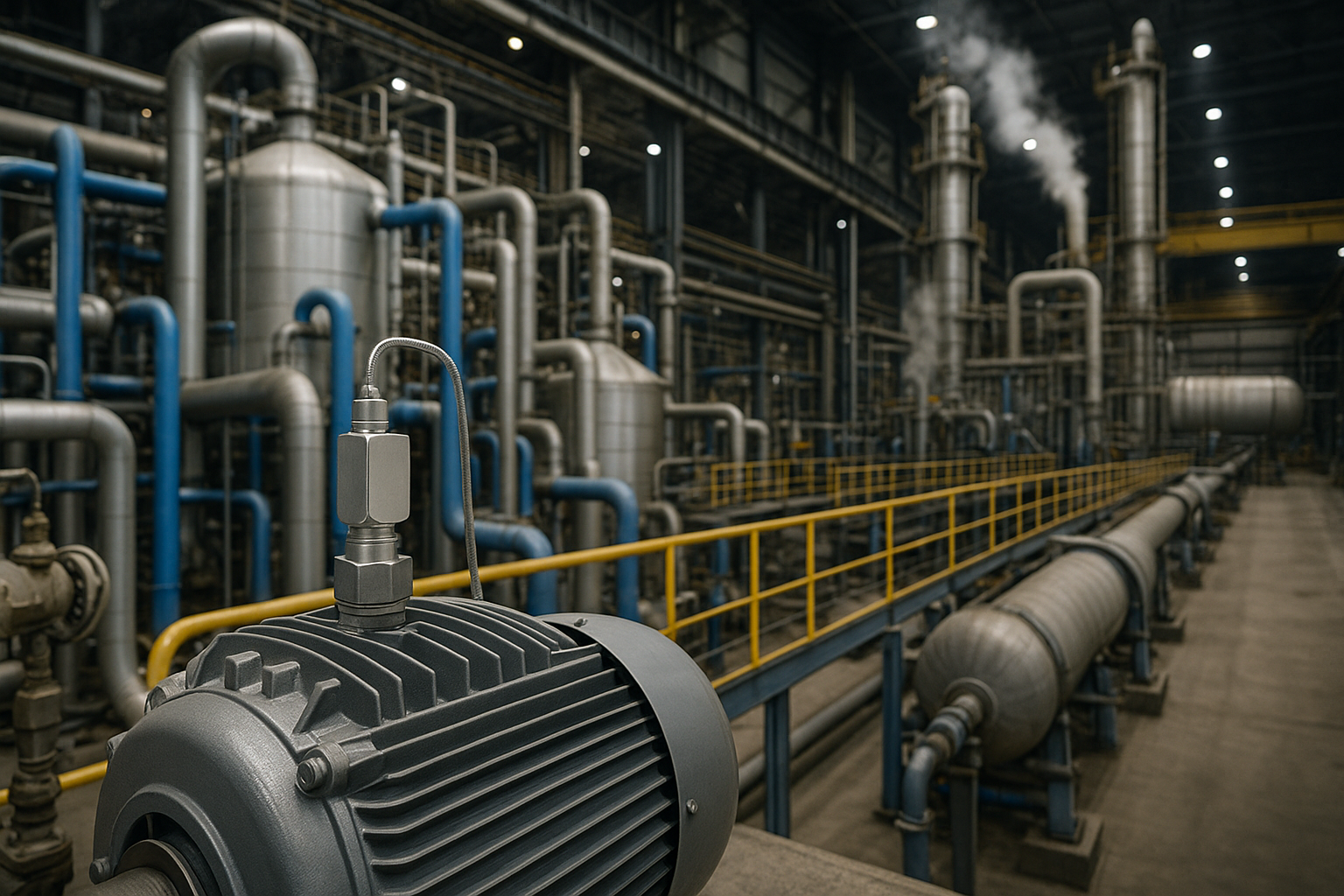Acoustic Situational Awareness and Asset Management in Maritime Autonomous Surface Ships (MASS)
The maritime industry is undergoing a significant transformation with the advent of autonomous vessels, including ferries, cargo ships, and freight carriers. Traditionally, seafaring and machine monitoring have relied heavily on human senses, such as hearing, sight, and intuition, provided by onboard crew presence. Over time, these human senses have increasingly been supplemented and, in some cases, replaced by advanced sensor systems and automation technologies.
As vessels grow more autonomous, human operators are being removed from the ship’s physical environment and instead stationed in remote control rooms, often managing multiple vessels simultaneously. Crucially, the existing regulatory framework, most notably COLREG Rule 5 and the STCW Watchkeeping Regulations, still mandates that a proper lookout be maintained using both sight and hearing. When human senses are replaced by technology, these regulations require that the system must replicate, or even exceed, the level of sensory and cognitive awareness traditionally provided by onboard crews.
Squarehead’s acoustic arrays play a vital role in enabling remote operators in land-based control rooms to "hear" what’s happening both on board and in the surroundings from afar. By integrating acoustic sensing into autonomous systems, they can regain auditory awareness, by for instance detecting abnormal events, human voices, or mechanical anomalies, thereby meeting regulatory expectations and enhancing safety.
Two key areas of relevance for autonomous vessels are:
Asset management of machinery and equipment - eliminating the need for onboard personnel to listen for faults or changes
Situational awareness - pick up and convey ship horns, alarm bells, distress shouts, or other warning sounds with enough clarity and context for the operator to act on them appropriately
Asset Management of Machinery and Equipment
Squarehead’s acoustic sensors act as intelligent ears in the ship’s machine rooms, continuously listening to the overall acoustic environment. The system monitors the entire soundscape of a machine room, learning what “normal” sounds like and automatically detects deviations that may indicate emerging issues, such as abnormal vibrations, leaks, or mechanical faults.
When such anomalies occur, the system can automatically trigger alerts, much like an experienced onboard operator would react upon hearing that something “sounds wrong”. This enables early intervention before small irregularities develop into costly failures. Operators in remote control centers can also listen in live when needed, providing situational awareness from afar without being physically present in the machinery space.
In addition to real-time capabilities, the system can automatically record microphone array data when deviations are detected, creating a detailed event log that can be reviewed later. Operators can rewind, fast-forward, and analyze historical recordings to pinpoint exactly what happened, when it occurred, and where in the room it originated—facilitating root cause analysis and post-event diagnostics.
Situational Awareness of Outdoor Surroundings
Situational awareness is foundational for the safe and efficient navigation of autonomous vessels. It encompasses the detection and interpretation of environmental factors such as other vessels, navigational hazards, and dynamic weather conditions. Traditional situational awareness technologies for navigation mainly consist of visual sensors like cameras and lidar. However, these systems can be limited in adverse conditions such as fog, heavy rain, or low light. Adding acoustic sensors to your vessel helps overcome these limitations by providing continuous environmental monitoring that is not affected by line-of-sight constraints.
Whereas radar covers the far-field monitoring of surroundings, acoustics is an excellent tool for near-field detection of events on the open sea, such as a "man overboard" situation, a collision followed by "chaos", or small boats with people shouting and screaming to get attention.
Importantly, acoustic arrays also enable remote situational awareness. With crew relocated to land-based control centers, operators can now listen in real time from shore-based facilities, gaining a layer of auditory awareness that would otherwise be lost without physical presence on board. By tapping into the vessel’s acoustic data stream, remote operators can detect and interpret sounds indicative of abnormal activity or emergencies, enhancing decision-making without relying solely on visual feeds.
Advantages Over Traditional Sensor Systems
While visual sensors are essential, they have limitations in certain environmental conditions. In such cases, one should be able to rely on several sensors to ensure safe navigation. Acoustic technology offer several advantages that will ensure a trustworthy system of sensors:
All-Weather Functionality: Acoustic sensors maintain performance regardless of visibility conditions, ensuring continuous situational awareness.
Complementary Data: Acoustic information provides an additional layer of environmental context, enhancing the vessel's ability to interpret complex scenarios.
Early Anomaly Detection: Detecting unusual sounds can serve as an early warning system for mechanical issues or external threats, allowing for proactive measures.
AUTONOMOUS VESSELS
Why it matters
Integrating Squarehead Technology's microphone arrays into autonomous vessels significantly improves situational awareness in the machine room and on the open sea by providing reliable acoustic data. This enhancement ensures safer and more efficient maritime operations, particularly in challenging environmental conditions where traditional sensors may be limited. As the industry progresses toward full autonomy, incorporating robust acoustic perception systems will be essential for the next generation of intelligent vessels.
INTERESTED TO SEE HOW WE CAN IMPROVE YOUR ACOUSTIC SITUATIONAL AWARENESS?
CONTACT OUR INDUSTRIAL TEAM FOR MORE INFORMATION.



